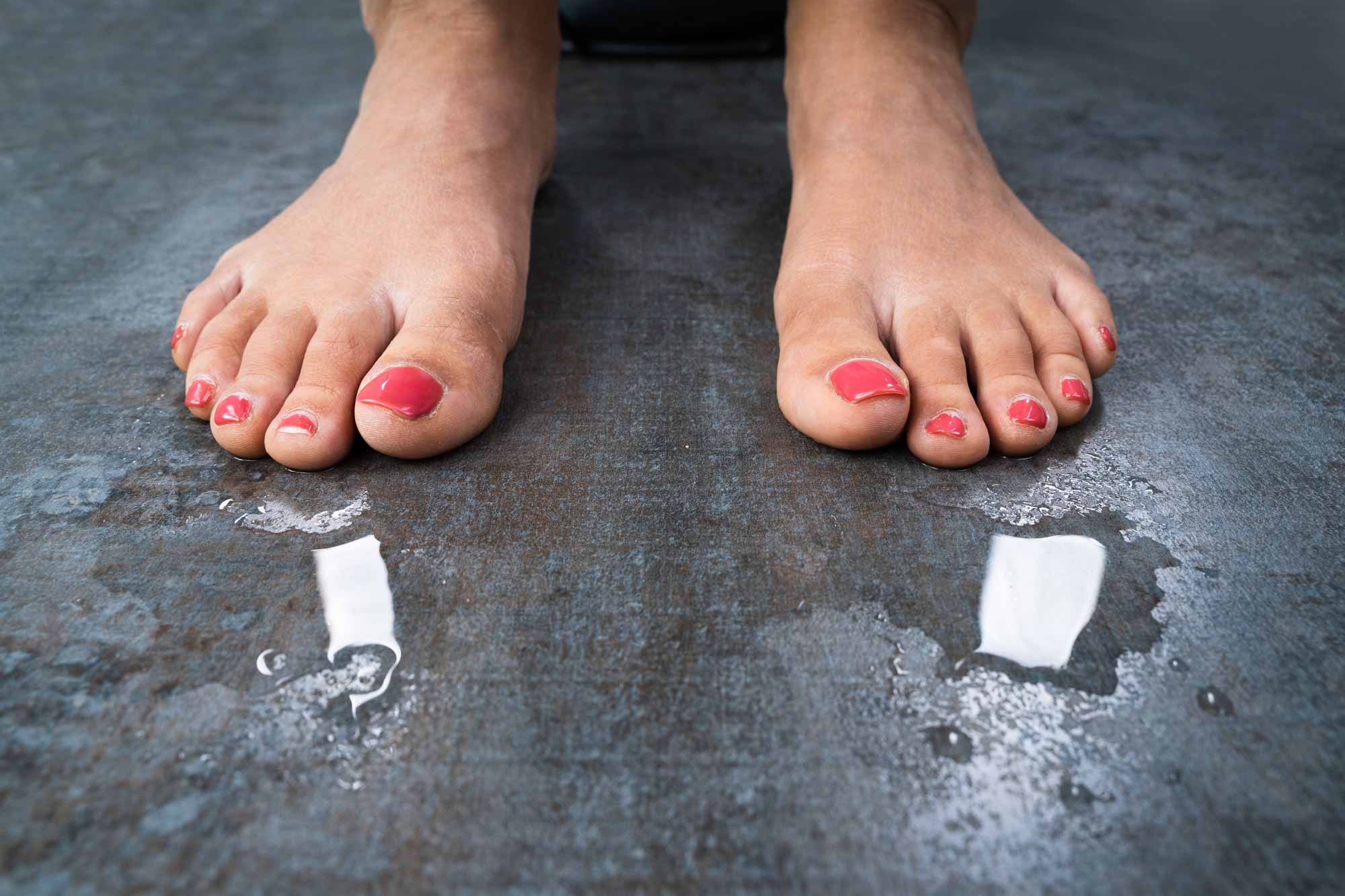Understanding Excessive Sweating: Dermatology Insights on How to Stop Sweaty Hands
Understanding Excessive Sweating: Dermatology Insights on How to Stop Sweaty Hands
Blog Article
Introducing the Complexities of Excessive Sweating: A Comprehensive Guide to Medical Diagnosis and Monitoring
Excessive sweating, medically referred to as hyperhidrosis, is a problem that influences a significant number of individuals and can have an extensive effect on their lifestyle. While sweating is an all-natural physical function, its overactivity in hyperhidrosis provides an one-of-a-kind collection of challenges that typically exceed plain pain. Understanding the underlying causes, recognizing the symptoms, and navigating the diagnostic process for hyperhidrosis can be elaborate tasks. In this extensive guide, we will check out the complexities of hyperhidrosis, from its diagnosis to the range of treatment choices offered, dropping light on efficient management techniques for those grappling with this condition.

Comprehending Hyperhidrosis Causes
Hyperhidrosis creates can be attributed to different variables such as genetics, hormonal inequalities, and certain medical conditions. Genes play a significant function in key focal hyperhidrosis, where people inherit the condition from their family participants. By recognizing the specific elements adding to too much sweating, healthcare companies can customize therapy strategies to address the underlying cause, providing alleviation and boosting the top quality of life for individuals affected by hyperhidrosis.
Recognizing Hyperhidrosis Manifestations

In addition, hyperhidrosis signs may manifest in emotional and social distress, as individuals might feel embarrassed or nervous about their sweating, bring about evasion of social situations (Sweaty hands treatment). Additionally, duplicated episodes of extreme sweating can result in skin maceration, fungal infections, and a total decrease in self-worth
Diagnostic Process for Hyperhidrosis
Launching the diagnostic procedure for extreme sweating involves detailed assessment of the person's case history and checkup. Asking about the onset, period, and triggers of sweating episodes is vital to distinguish in between primary focal hyperhidrosis and additional generalised hyperhidrosis. Medical background should additionally consist of inquiries concerning drugs, medical problems, and family background of hyperhidrosis.
Throughout the physical exam, certain attention is paid to the locations influenced by sweating. The healthcare copyright may examine the level of sweating, check for indications of underlying problems, and evaluate the impact of sweating on the individual's top quality of life. Additionally, certain tests like the gravimetric examination, starch-iodine examination, or skin conductance dimensions may be conducted to measure the quantity of sweat generated.
Moreover, in instances where second hyperhidrosis is believed, added go examinations such as blood examinations, pee tests, and imaging research studies may be recommended to identify the underlying cause of excessive sweating. The analysis procedure intends to precisely figure out the type and source of hyperhidrosis to direct appropriate management strategies.
Therapy Options for Hyperhidrosis
When resolving too much sweating, different treatment options are available to alleviate signs and symptoms and boost the person's lifestyle. The treatment approach for hyperhidrosis relies on the intensity of signs and the patient's feedback to first therapies.
Topical treatments, such as aluminum-based antiperspirants, are frequently advised as the first line of protection for managing moderate cases of hyperhidrosis. For individuals with extra serious signs and symptoms, oral medicines like anticholinergics may be recommended to aid decrease sweating.

Effective Management Strategies
To successfully handle hyperhidrosis, a detailed and personalized treatment plan customized to the individual's details needs and feedback to previous therapies is vital. This plan may incorporate a mix of healing methods, including lifestyle alterations, topical treatments, oral medications, botulinum toxin injections, iontophoresis, and in extreme situations, medical treatments like gland elimination or sympathectomy. Way her explanation of living adjustments such as wearing moisture-wicking garments, utilizing antiperspirants, and practicing stress-reducing techniques can match clinical treatments. Topical antiperspirants consisting of light weight aluminum chloride are typically the first-line therapy, with more powerful formulas available for resistant instances. Dental medications like anticholinergics may be recommended for generalized hyperhidrosis. Botulinum contaminant injections work for focal hyperhidrosis, giving short-term relief by obstructing the release of acetylcholine. Iontophoresis, including the use of a reduced electrical existing to decrease gland activity, can be valuable for both palmoplantar and axillary hyperhidrosis. Surgical choices are generally booked for severe, refractory instances and require cautious consideration of benefits and threats. A multidisciplinary approach entailing dermatologists, main treatment doctors, and, if essential, cosmetic surgeons, can maximize the management of hyperhidrosis.
Final Thought
In verdict, hyperhidrosis is a problem identified by extreme sweating, which can significantly impact an individual's top quality of life. With appropriate diagnosis and management strategies, people experiencing from hyperhidrosis can find alleviation and boost their general well-being.
Too much sweating, clinically known as hyperhidrosis, is a problem that impacts a considerable number of individuals and can have an extensive impact on their quality of life. By determining the particular factors adding to extreme sweating, healthcare carriers can tailor treatment strategies to deal with the underlying reason, providing alleviation and enhancing the top quality of life for people impacted by hyperhidrosis.
Hyperhidrosis, characterized by extreme sweating beyond what is needed for managing body temperature, can significantly influence a knockout post an individual's quality of life. Making inquiries about the onset, duration, and activates of sweating episodes is essential to distinguish between key focal hyperhidrosis and second generalized hyperhidrosis. Exessive Sweating.In final thought, hyperhidrosis is a problem characterized by too much sweating, which can considerably influence a person's high quality of life
Report this page